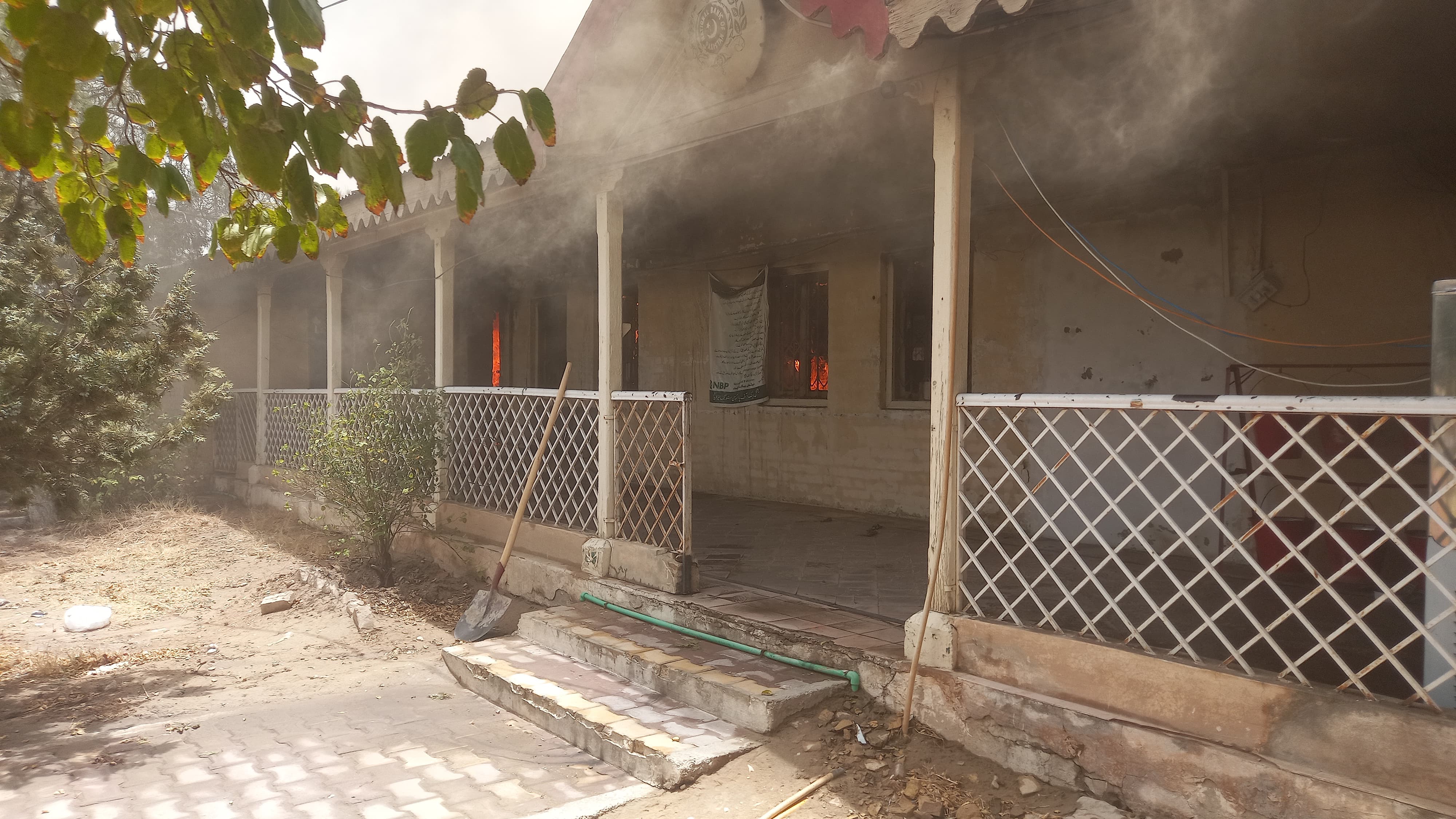Successful civil disobedience under a tyrannical government is difficult and requires careful planning, widespread support, and strategic action. The goal is to disrupt the status quo without resorting to violence, thereby highlighting the injustice of the regime and mobilizing the broader population for change. Here are key steps to ensure the success of civil disobedience in such a context:
1. Clarity of Purpose
- Define the Issue Clearly: The actions should be motivated by a specific injustice or oppressive policy. Having a clear message, such as human rights violations, restrictions on freedoms, or corruption, helps people rally around a common cause.
- Set Clear Goals: Identify what the disobedience aims to achieve, whether it's policy change, the release of political prisoners, or increased awareness of the oppression.
2. Nonviolent Principles
- Commit to Nonviolence: One of the most effective forms of civil disobedience is nonviolent resistance, as it prevents the government from justifying violent crackdowns. Leaders should enforce strict nonviolent conduct in all protests or actions.
- Use Symbolic Acts: Nonviolent actions such as sit-ins, strikes, boycotts, or peaceful marches can disrupt the government's ability to function without inciting violence.
3. Widespread Participation
- Mobilize a Broad Base: Civil disobedience is more likely to succeed if it has broad public support. This could involve a range of groups, from students and workers to intellectuals and marginalized communities. The more people involved, the harder it is for the government to suppress.
- Unify Different Struggles: Even if the disobedience is sparked by one issue, it may be more effective to unite with other causes that share similar concerns about authoritarianism and injustice.
4. Strategic Planning
- Plan for Nonviolent Resistance: Whether it is refusing to follow certain laws, blocking key infrastructure, or boycotting government services, careful planning is essential to ensure success and minimize the risk of harm.
- Consider Timing and Location: Choose moments that are likely to have the greatest impact. For example, protests may be more effective if they occur during key political events or in strategic locations like government buildings or key transport hubs.
5. Create a Unified Leadership Structure
- Organize Leadership: A coordinated leadership structure can help guide the actions, maintain unity, and provide clear directions to participants. This leadership should be willing to take responsibility for any legal consequences of the actions.
- Promote Decentralization: In oppressive regimes, central leadership may be vulnerable to arrest or suppression. A decentralized structure allows for continued action even if some leaders are silenced.
6. Build Alliances with International Support
- Seek International Solidarity: International awareness and pressure can provide vital support. Activists can work to garner global attention, which can increase pressure on the oppressive regime. This can include petitions, media campaigns, and involvement from international organizations or foreign governments.
- Utilize Social Media: In many cases, social media can help amplify the message, share live updates, and expose abuses in real time. This makes it harder for the government to control the narrative and can inspire more people to participate.
7. Prepare for Repression
- Expect Crackdowns: In many cases, a tyrannical government will respond with violence, arrest, or other forms of repression. Leaders should prepare participants for these outcomes, including potential arrests, imprisonments, or violent actions by security forces.
- Document and Expose Abuses: If the government uses force or other means of repression, it is critical to document these actions. This can be used for advocacy efforts and can further delegitimize the government in the eyes of the international community.
8. Persistence and Resilience
- Stay Resilient: Successful civil disobedience often requires sustained efforts over time. People need to remain steadfast and committed, even when faced with difficulties, arrests, or threats.
- Learn from Failures: If a particular action fails, it’s important to analyze what went wrong, adapt strategies, and continue the resistance. Many successful movements face setbacks but remain effective because they learn from their mistakes and persist in the face of adversity.
9. Use of Legal and Political Pressure
- Leverage Legal Loopholes: If there is any legal system in place, use it to challenge the government’s actions. This can involve filing petitions, organizing legal defense for arrested activists, or using courts to challenge unjust laws.
- Engage in Political Negotiations: While civil disobedience is about nonviolent resistance, it is often effective to create pressure for political negotiations or reforms through diplomatic channels or negotiations.
10. Encourage Mass Noncooperation
- Boycotts and Strikes: Economic disruption can be powerful. Encourage boycotts of government services, strikes, or refusal to pay taxes. When the economy is disrupted, the government may be forced to reconsider its position.
Historical Examples of Successful Civil Disobedience:
- Gandhi's Salt March: In British-occupied India, Gandhi's peaceful defiance of British salt laws mobilized millions and became a symbol of resistance.
- The Civil Rights Movement: In the U.S., nonviolent protests led by leaders like Martin Luther King, Jr. challenged segregation and racial discrimination, leading to policy change.
- Solidarity in Poland: The workers' movement in Poland in the 1980s, particularly the Gdansk Shipyard strikes, successfully pushed back against communist rule.
Civil disobedience is most effective when it draws upon the moral and ethical high ground, refusing to resort to violence while challenging unjust authority. It’s important to note that while civil disobedience can be powerful, its success often requires the right balance of persistence, strategy, and global awareness.


























